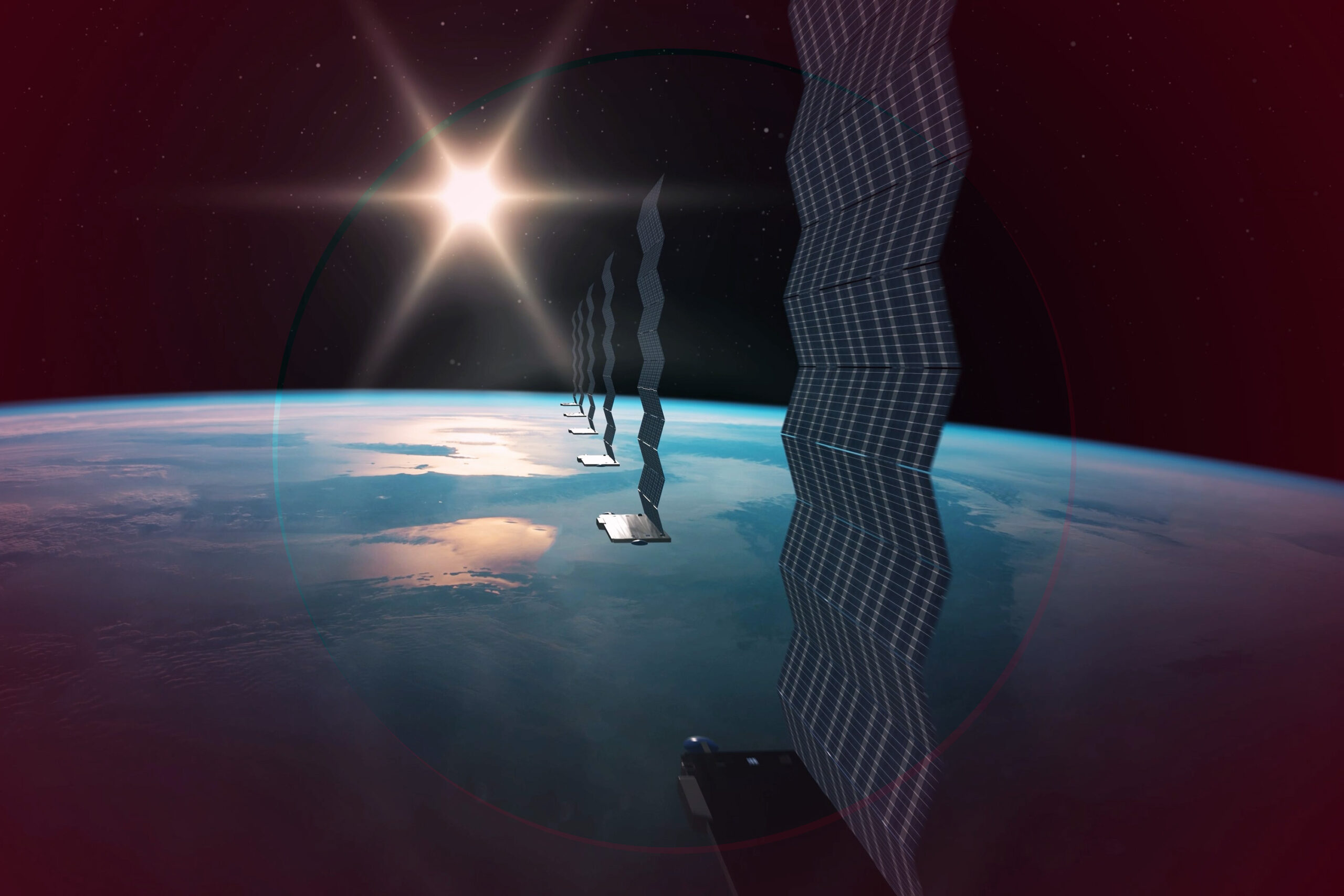It’s SpaceX who should be worried. In the space of two months, 212 satellites simply disappeared from the constellation sent into orbit by Elon Musk’s company.
The Starlink project is undoubtedly one of SpaceX’s spearheads, and for good reason it is large-scale: offering high-speed internet access using tens of thousands of satellites launched into low orbit around of the earth. The objective is that geographical areas suffering from poor network connections can benefit from the Web satisfactorily. While the company has just launched its most advanced satellites in March, the Starlink V2, others are mysteriously disappearing.
An enigmatic escape
For three years, data has shown that SpaceX has been losing satellites, and this is a trend that is increasing. However, this time, there was a very marked peak in disappearance which took place between July 18 and September 18. It turns out that some specialists in the field seriously doubt the veracity of these statistics, particularly those that can be followed live on sites like Satellite Map (link in source).
However, figures from public sources such as space-track.org confirm these facts. For the moment, SpaceX has not commented on these disappearances. It is difficult to assess whether these were part of the “acceptable losses” of the Starlink project or whether they are the result of technical failures.
Technology or natural phenomenon, who is the culprit?
The satellites in the Starlink constellation are obviously not designed to last forever. SpaceX plans for these to remain in orbit for approximately five years, before disintegrating naturally in the Earth’s atmosphere. Since the first launch which took place in 2019, more than 5,000 satellites have been launched. Of the total, 4,500 are still functional.
Another factor other than a potential technological failure must be considered: the action of the Sun, and in particular its propensity to generate electromagnetic storms which disrupt electronic devices. Satellites are extremely sensitive to this. This summer, our star was particularly active, and the solar storms that emanated from it were very intense. Part of the answer may lie here.
Already last year, Starlink officially announced a loss of 40 satellites due to fairly violent solar winds. It is possible that this new series of disappearances is due to the same reasons. SpaceX will certainly clarify the situation in the coming weeks, but for now the mystery remains.
Sources: Cybernews, Satellite Map

7